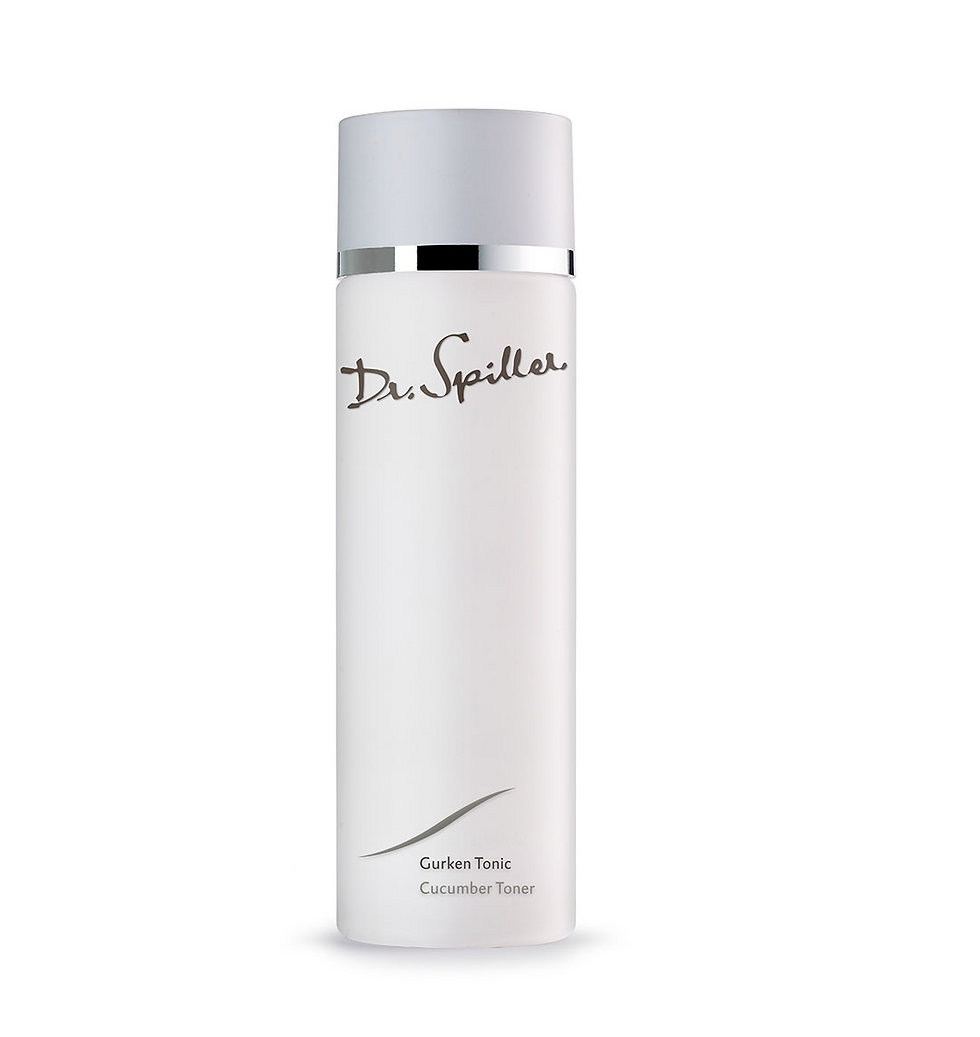
Oily Skin
Excess oil production can lead to shine and breakouts, but our customised treatments are designed to balance your skin’s oil levels. We help you achieve a matte, refreshed complexion by tailoring each treatment to meet your skin's specific needs. With our approach, oily skin becomes more manageable, leaving you with a cleaner, more controlled appearance.
ABOUT OILY SKIN
ABOUT
Oily skin is a common skin type characterised by an overproduction of sebum, the skin’s natural oil. While sebum is essential for keeping the skin hydrated and protected, excessive oil production can lead to a shiny complexion, clogged pores, and an increased likelihood of acne breakouts. People with oily skin often find that their face appears greasy, particularly in the T-zone (forehead, nose, and chin), even shortly after cleansing.
SYPMTOMS
The symptoms of oily skin are typically easy to identify and include: Shiny or Greasy Appearance: Oily skin often looks shiny, especially in the T-zone, and may feel greasy to the touch. Enlarged Pores: Excess oil can cause pores to become enlarged and more visible, particularly on the nose, cheeks, and forehead. Frequent Breakouts: Oily skin is more prone to acne, blackheads, and whiteheads due to the accumulation of excess oil, dead skin cells, and bacteria within the pores. Thick or Rough Texture: The skin may feel thicker and have a rougher texture due to the buildup of oil and dead skin cells on the surface. While oily skin can be challenging to manage, it can also help slow down the appearance of wrinkles and fine lines as the skin naturally retains more moisture.
Causes
Oily skin is primarily caused by an overactivity of the sebaceous glands, which produce sebum. Several factors can contribute to this condition: Genetics: Oily skin often runs in families, meaning if your parents have oily skin, you’re more likely to have it too. Hormonal Changes: Hormonal fluctuations, particularly during puberty, menstruation, pregnancy, or while taking certain medications, can increase oil production, leading to oily skin. Climate: Hot, humid weather can stimulate the skin’s oil glands, making oily skin more common during warmer months or in tropical climates. Incorrect Skincare Routine: Using harsh cleansers, over-exfoliating, or using oil-based skincare products can strip the skin of its natural oils, causing the sebaceous glands to produce even more oil as a compensatory mechanism. Diet: A diet high in sugar, refined carbohydrates, and unhealthy fats can contribute to excess oil production and exacerbate oily skin. Understanding the causes of oily skin is essential for managing it effectively, as a well-tailored skincare routine and lifestyle choices can significantly improve skin balance and reduce excess oil.

OUR RECOMMENDED TREATMENTS
SHOP SKINCARE FOR OILY SKIN

Prior to any skin treatment, it’s essential to gain a clear, data-driven understanding of your skin’s unique landscape. Our comprehensive skin consultation now features the VISIA® Complexion Analysis, an indispensable first step on your journey to healthier, more radiant skin.
Using the state-of-the-art VISIA® system, we capture high-resolution images under multiple light spectrums to reveal key concerns such as pigmentation, pore size, UV damage, wrinkles, texture irregularities and bacterial activity. This in-depth evaluation uncovers underlying issues invisible to the naked eye, allowing us to design a fully personalised treatment plan that targets your specific needs. With these insights, every service—from chemical peels to laser therapies—is precisely calibrated to achieve optimal, lasting results.

























































